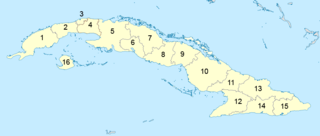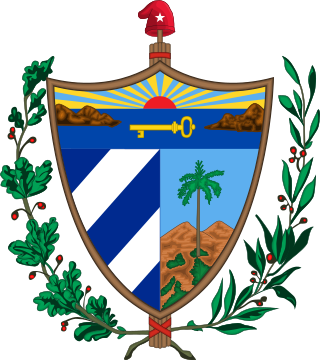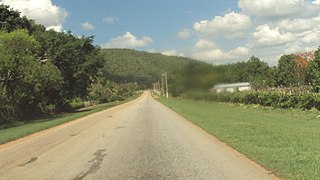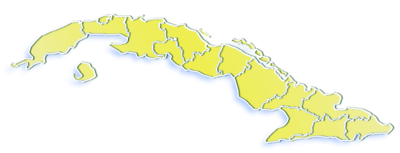
Administratively, Cuba is divided into 15 provinces and one special municipality. However during the legislature of 1976 Cuba had 6 provinces these being: Pinar del Rio, Havana, Oriente, Las Villas, Camagüey, and Matanzas, then 7 new provinces were created with the objective to manage better the resources in each region, however usually the Government excludes the new provinces and leave the original six when it comes to the Census and education for example the provinces of Mayabeque and Artemisa were part of the province of Havana and then separated and if people study in one of this provinces they do not have to change any sort of information because the students go off by the Havana school district. This is way the people in Cuba that are from the provinces of Guantánamo, Las Tunas or any other eastern province still nowadays say they are from Oriente. The last modification was approved in August 2010, splitting Havana province into two new provinces: Artemisa and Mayabeque. The new provinces started functioning from January 1, 2011. Havana City Province recovered its original name: La Habana.

The Democratic Solidarity Party was a political liberal party in Cuba. Although changes to the Cuban constitution in 1992 decriminalized the right to form political parties other than the Communist Party of Cuba, these parties are not permitted to campaign or engage in any public political activities on the island. The Democratic Solidarity party described itself as "an organization from within Cuba promoting democracy and the respect for human rights by the peaceful route." The last President of the party was Fernando Sánchez López. The party was a full member of Liberal International.

The Cuban National Series is the primary domestic baseball competition in Cuba. Formed after the dissolution of the Cuban League in the wake of the Cuban Revolution, the Series is a part of the Cuban baseball league system.
Campeonato Nacional de Fútbol de Cuba is the top division of the Asociación de Fútbol de Cuba, it was created in 1912. Despite being a league competition in CONCACAF, since 1990 none of the Cuban teams had played in CFU Club Championship or CONCACAF Champions' Cup until the CFU Club Championship 2007 eliminatory, when they participated after 15 years of absence.

The provinces of Cuba are divided into 168 municipalities or municipios. They were defined by Cuban Law Number 1304 of July 3, 1976 and reformed in 2010 with the abrogation of the municipality of Varadero and the creation of two new provinces: Artemisa and Mayabeque in place of former La Habana Province.
Sabana-Camagüey is an archipelago that lies on Cuba's north-central Atlantic coast. It is located off the northern coast of the provinces of Matanzas, Villa Clara, Sancti Spíritus, Ciego de Ávila and Camagüey, and is bounded to the north by the Atlantic Ocean, specifically by the Nicholas Channel and Old Bahama Channel.

The following outline is provided as an overview of and topical guide to Cuba:
The 2010–11 Campeonato Nacional de Fútbol de Cuba was the 100th season of the highest division of Cuban football, and the first season under its present format.

Santa Clara is the main railway station of the city of Santa Clara, seat of Villa Clara Province, Cuba. It is owned by the state company Ferrocarriles de Cuba (FFCC) and is located in front of Parque de los Mártires. It is one of the most important stations of Cuba and, along with Havana Central, Santiago and Camagüey, is a network's divisional headquarters.
The Liga Superior de Baloncesto (LSB) (English: Superior Basketball League) is the highest level men's professional basketball league in Cuba. The LSB has been active for twenty-eight years, interrupted only three times, once in 2011, 2014, and in 2020.

The road network of Cuba consists of 60,858 km (37,815 mi) of roads, of which over 29,850 km (18,550 mi) are paved and 31,038 km (19,286 mi) are unpaved. The Caribbean country counts also 654 km (406 mi) of motorways (autopistas).

The Autopista A1, also known as Autopista Nacional, is a Cuban motorway, partly built, that will link Havana to Guantánamo. It is a toll-free road and its total length will be of about 900 km (560 mi). Along with the Autopista A4, linking Havana to Pinar del Río, it is classified as part of the whole Autopista Nacional route, spanning the length of the island; as the Carretera Central highway.

The Circuito Norte (CN), meaning "Northern Circuit", is a west-east highway spanning the length of the island of Cuba, through the Atlantic Coast. With a length of 1,222 km, it is the second-longest Cuban highway, after the "Carretera Central"; and two sections of it, named "Vía Blanca" and "Panamericana", are classified as Expressways.









